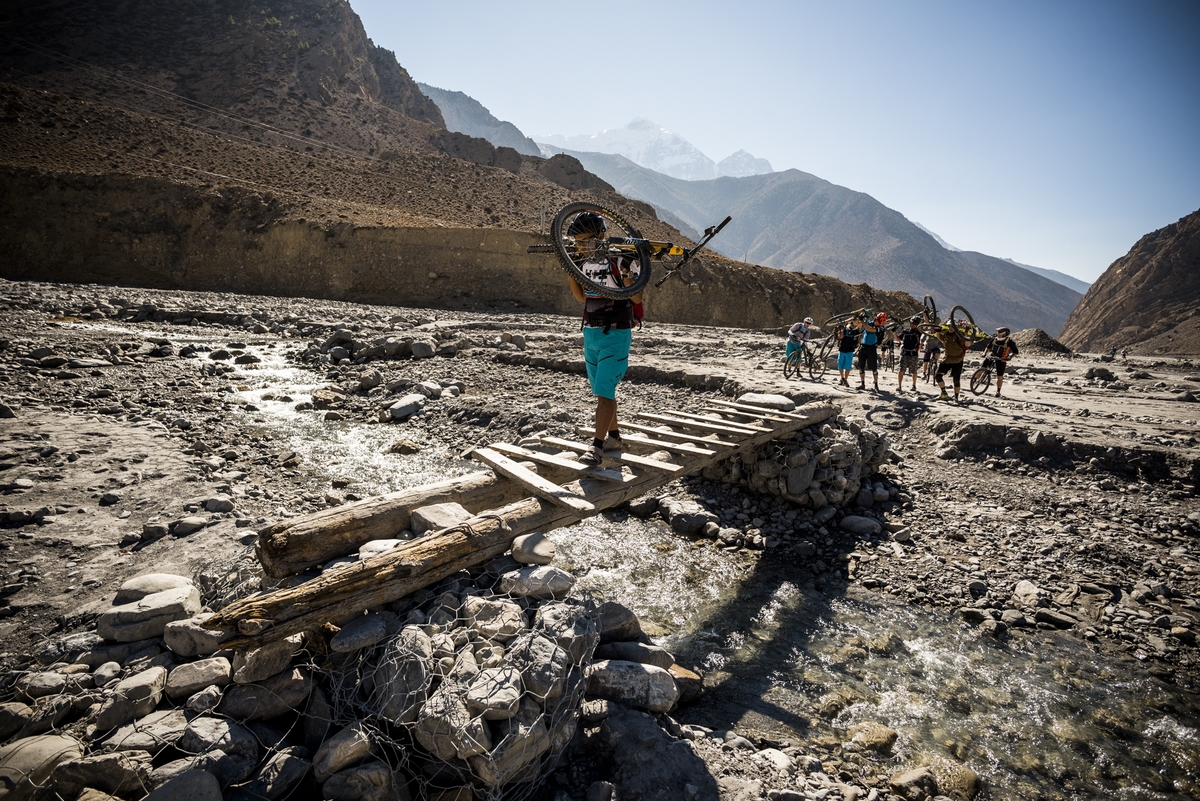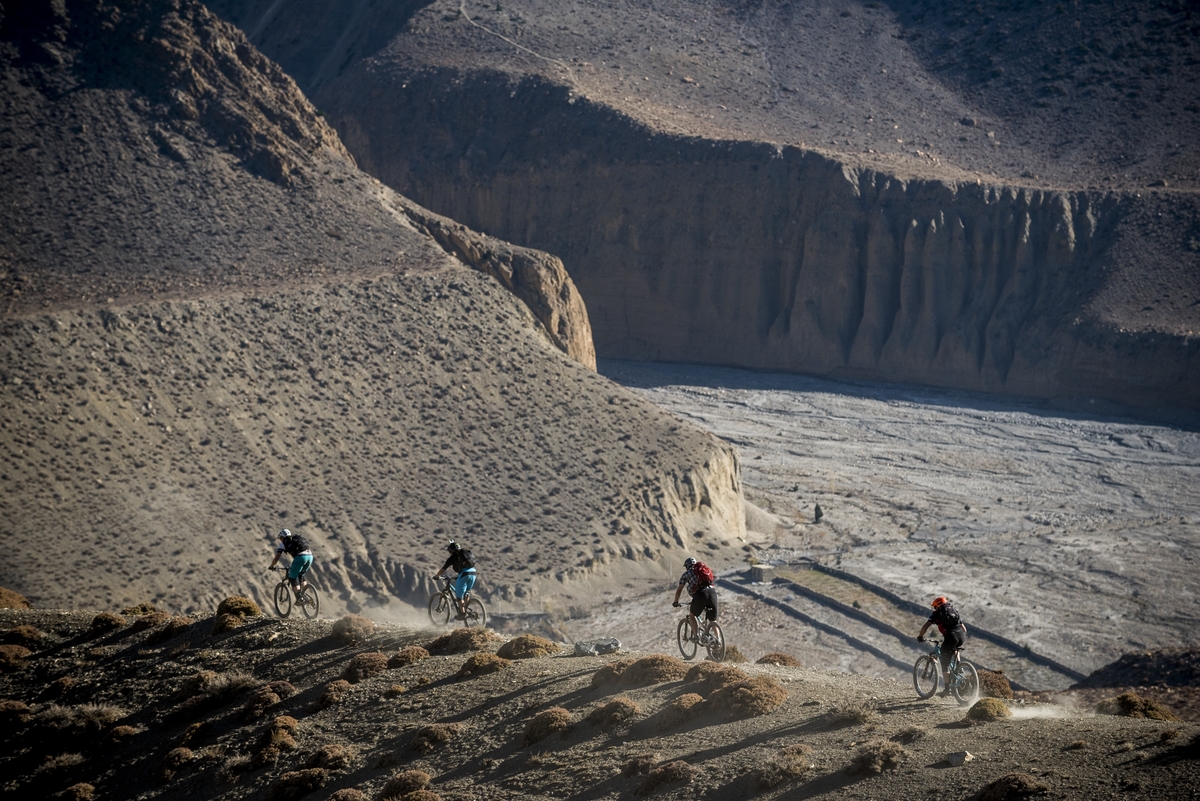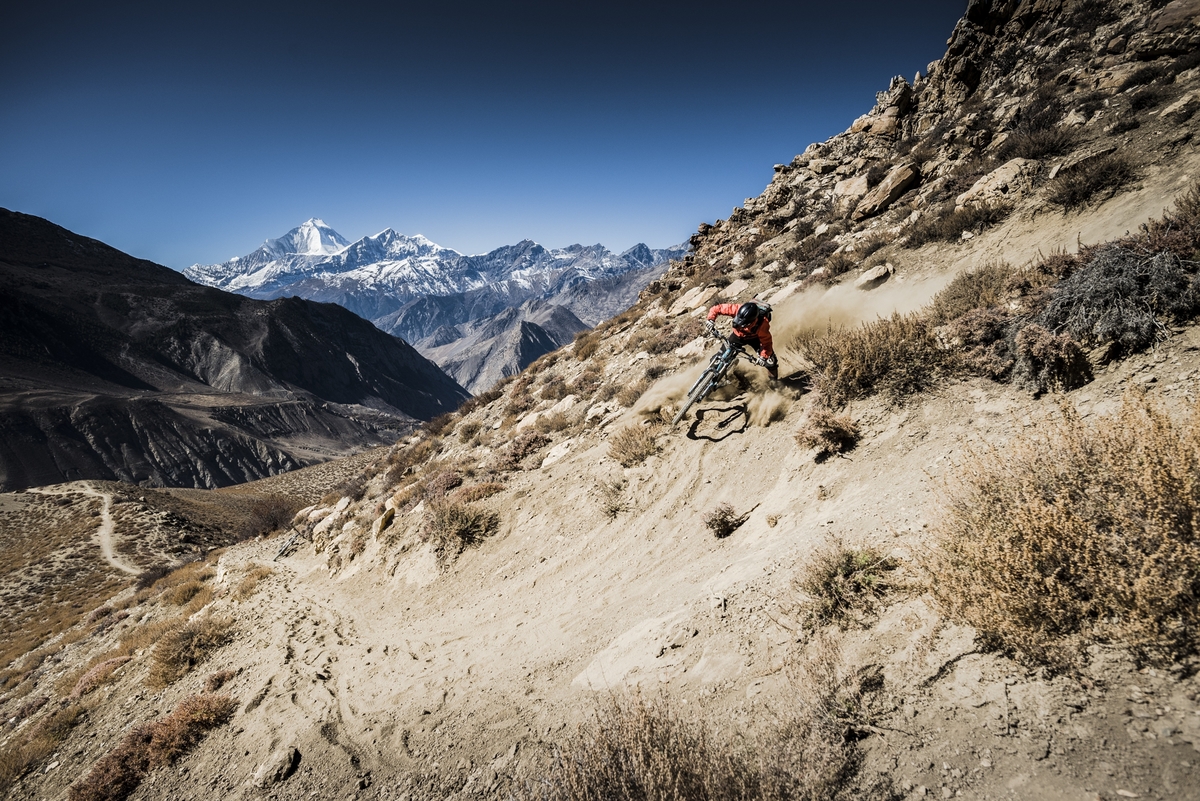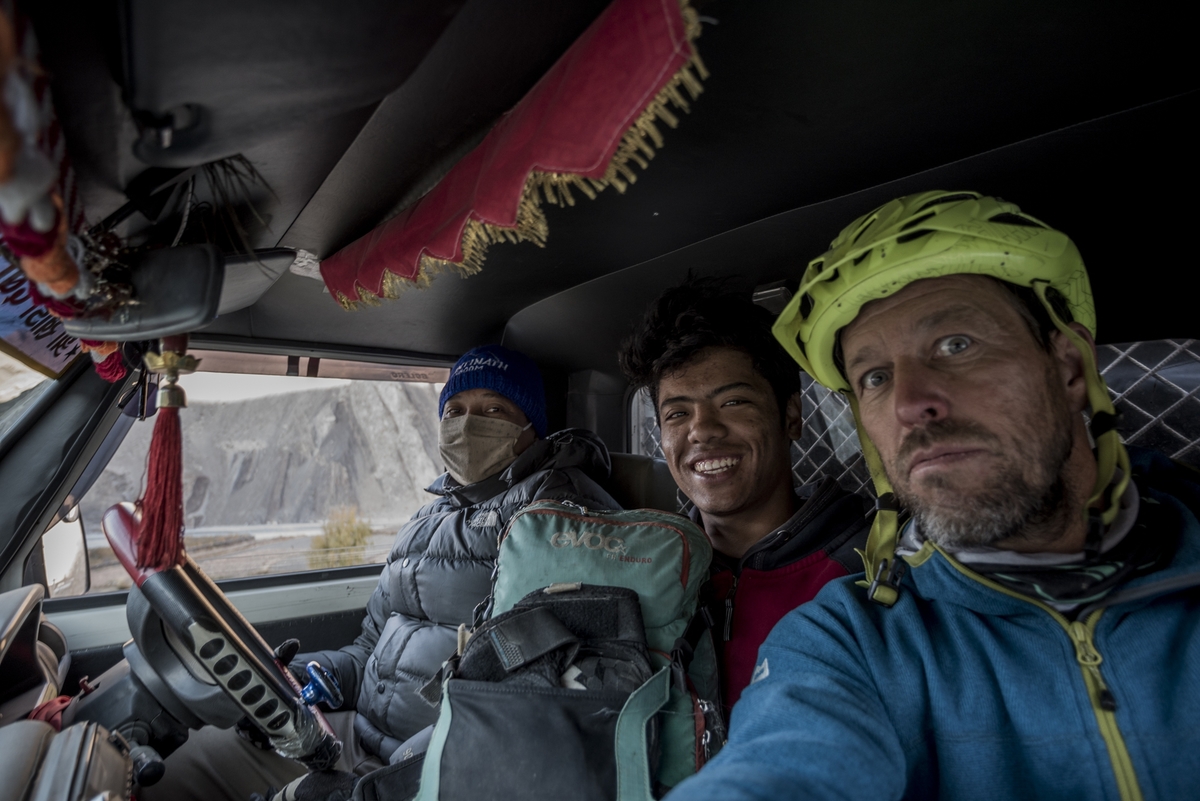Words & photography by Dan Milner
No matter how many times I do it, riding at altitude never seems to get easier. Four thousand metres has an ability to sucker-punch you, no matter how fit you thought you were, however much “training” you’ve put in, however “superhuman” you felt back home on your local trail. As I grind my way up a meandering slither of dirt towards the 4200m high Lupra Pass that is edging slowly closer, I grab for my lowest gear. I’m out of luck: I’m already using it.
I resolve to man-up, to dig deeper. “I can do this,” I mutter before lifting my head just in time to see a fellow rider effortlessly dancing his way up the trail in front. It’s RJ, a young Nepalese rider, and he’s grinning. Right now, I really want to hate this kid.
“I grab for my lowest gear. I’m out of luck: I’m already using it.”
You could argue that being local means Rajesh Magar, or RJ as he’s known, has the physiological advantage of having been born among these oxygen-deprived mountains and so by default is immune to their lung-crushing effects. Right now I don’t care if this is true or just a figment of my altitude-addled brain, but the thought makes me feel better about myself, at least for a moment.








